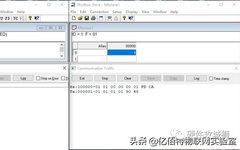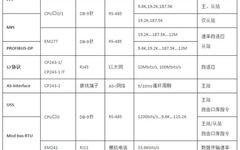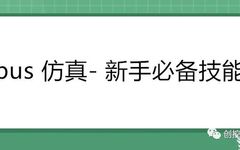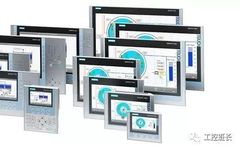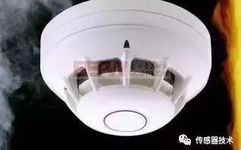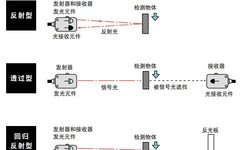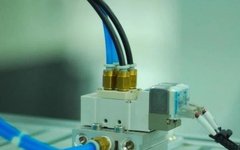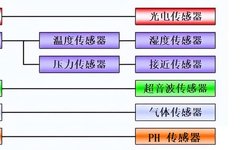Detailed Explanation and Case Demonstration of Modbus Protocol
The Modbus RTU communication protocol uses a master-slave response method for data communication. Requests can only be initiated by the master (PC, HMI, etc.) through a unique slave address, and the slave (terminal device) responds to the master’s requests, thus enabling half-duplex communication. This protocol only allows the master to initiate requests, and the slave … Read more
